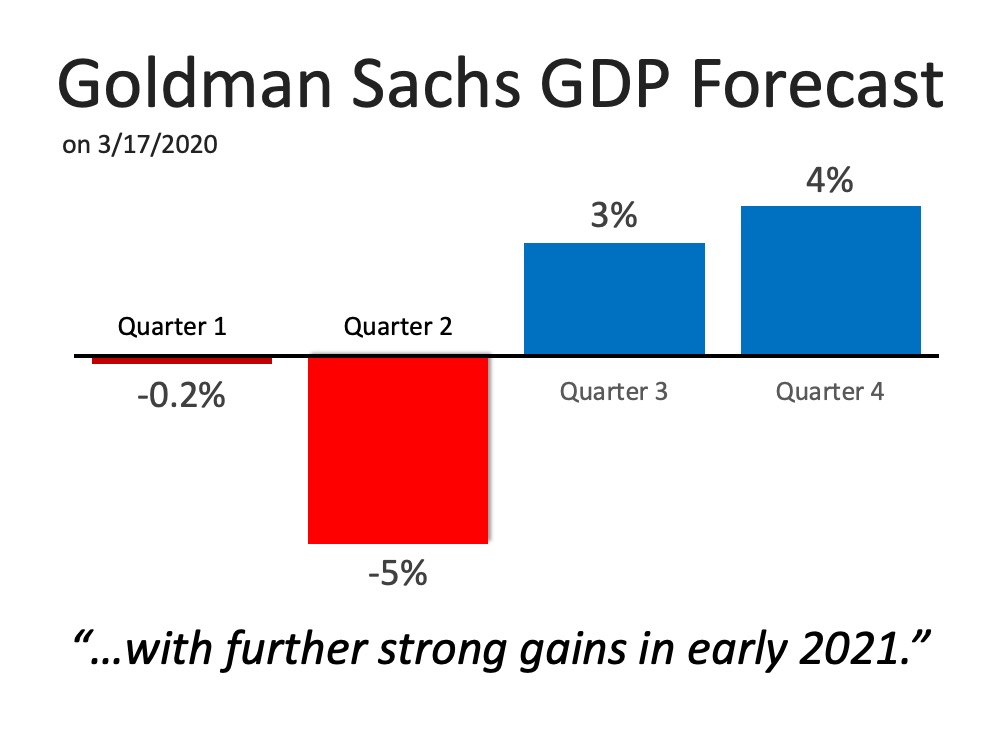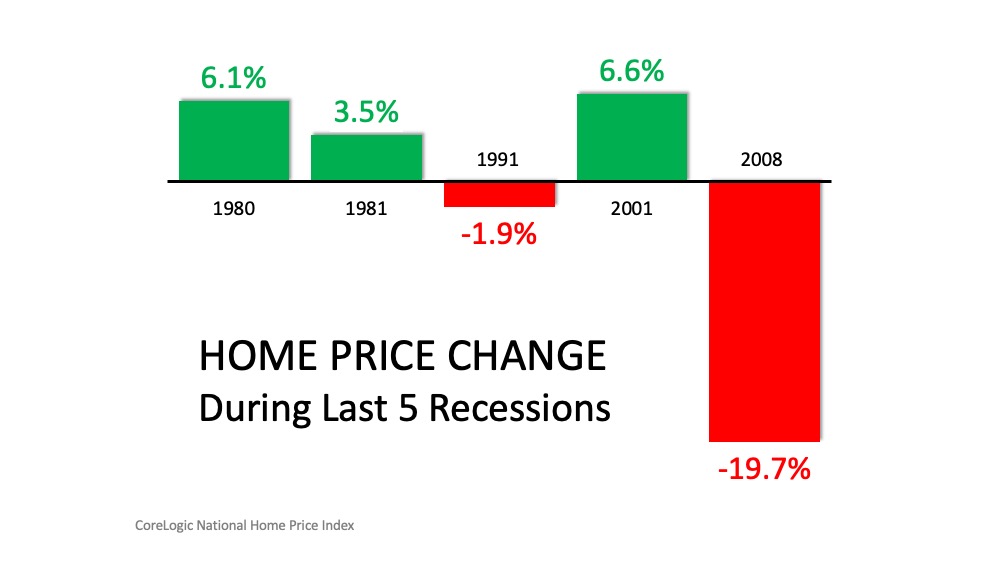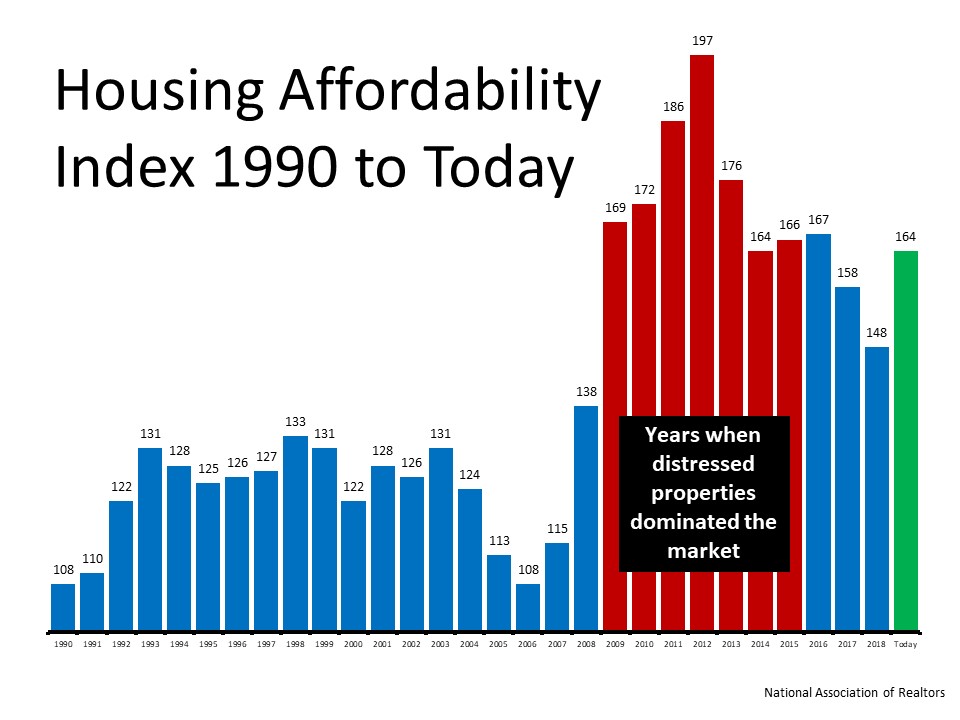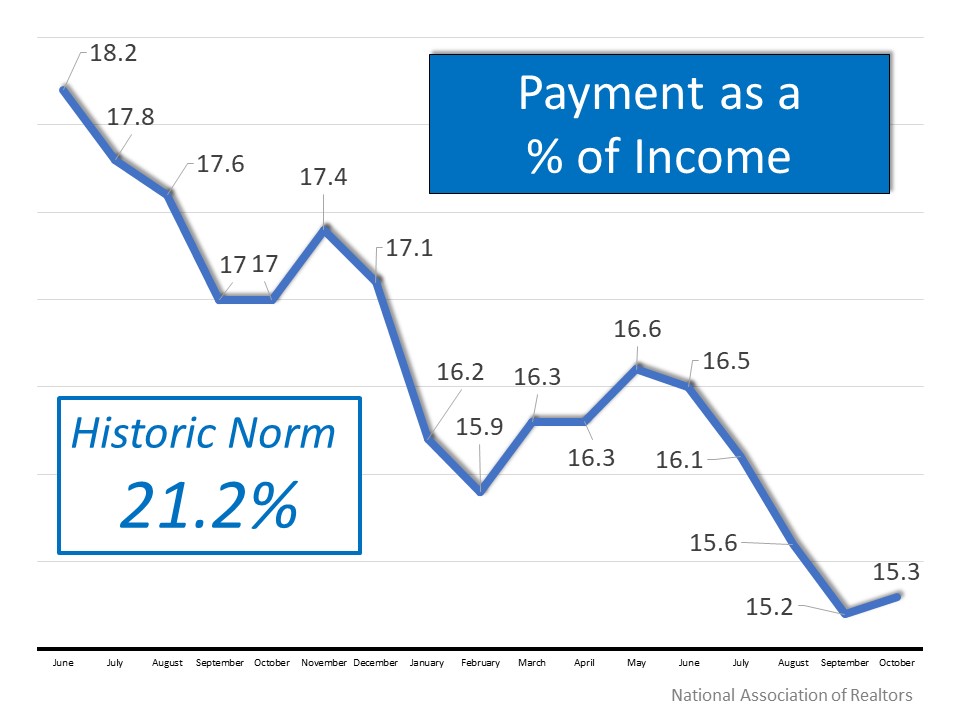We have seen a whirlwind of legislative activity these past few weeks! There is much confusion surrounding the recently passed Economic Stimulus Package and higher loan limits. Unfortunately, the new law can be confusing to decipher, and not everyone will benefit. For this reason, we have provided an outline below that clarifies what this new law means for you and how you can benefit from the higher loan limits.
Description and Overview:
An economic stimulus package just passed Congress on February 7, 2008 and was signed into law by the President on February 13, 2008. This new law is effective immediately and includes a temporary increase in both the FHA and conforming loan limits to as high as $729,750 in high cost areas. This means that the interest rates on many mortgages will go down because these loans are now eligible to be purchased by Fannie Mae and Freddie Mac or insured by the Federal Housing Administration (FHA). Previously, the FHA was only allowed to insure loans with balances lower than $200,160 - $362,790, depending on the county where the property was located. Also, Fannie Mae and Freddie Mac were only allowed to purchase loans with balances at or below $417,000. This resulted in limited options and higher financing costs for those with loan balances above these limits. The new law substantially increases these limits in high cost areas and opens up new options and lower financing costs for many people.
How to Determine "High Cost" Areas
There are two things you must know in order to determine if you are in a high cost area:
1. Understanding the Formula
If 125% of the local area median home price exceeds $417,000, the temporary loan limit would be that 125% of the median home price with a cap of $729,750. Here are three examples to illustrate this concept:
If the median home price in your area is $225,000, 125% of that number is $281,250. This is below the current $41 7k conforming loan limit. Therefore, the conforming loan limit in your area will not change. However, if $281,250 is greater than the FHA limit in your county, your FHA limit will go up to $281,250.
If the median home price in your area is $375,000, 125% of that number is$468,750. This is above the current $41 7k conforming loan limit. Therefore, the conforming loan limit in your area WILL change and go up to $468,750. This number is also higher than the highest FHA loan limits, so therefore your FHA loan limit will also go up to $468,750.
If the median home price in your area is $650,000, 125% of that number is $812,500. This number is greater than the maximum cap of $729,250. Therefore, the conforming loan limit in your area will increase to highest allowable amount under this new law which is $729,250.
2. Determining the Median Home Price in Your Area
The Secretary of Housing and Urban Development (HUD) will publish the median house prices within 30 days of the bill going into effect (30 days from February 13, 2008). HUD does not have any interim stats or information for us to use. However, the bill also states that HUD can use any commercially available data if they are unable to compile the information on their own within the 30 day timeframe. With that in mind, it is likely that HUD’s numbers will be relatively consistent with the data published by the National Association of Realtors (NAR), which already has a solid track record of tracking and publishing this information on a quarterly basis.
Therefore, until HUD actually publishes their version of the median home prices, the most accurate way to get this information today is to utilize the data that is published by NAR. Ironically, NAR just released their latest median home price update for the 4th quarter of 2007 on February 14, 2008! Contact me today and I’ll research your info and let you know exactly what the median home price is in your area and how you can benefit from this information.
What do all the dates mean?
There is some confusion because the bill has a provision that says the higher limits are only effective for loans originated between July 1, 2007 and December 31, 2008. In short, the reason it is effective beginning July 1, 2007, is because the credit crisis started to unfold in July and August of 2007. Mortgage market conditions rapidly deteriorated almost overnight. Many secondary market investors suddenly refused to purchase loans that couldn’t be sold to Fannie Mae and Freddie Mac. (For more info on how this process works, please see the article entitled Saga of the US Mortgage Industry.)
Unfortunately, many mortgage banks had already funded these loans in their own portfolio or through their warehouse lines of credit. Their intention was obviously to sell these loans on the secondary market after the loans were funded. However, the credit crisis prevented them from doing so, and they were stuck holding these loans in their portfolio. The July 1, 2007 date in the bill is designed to allow these lenders to unload these mortgages and sell them on the secondary market to Fannie Mae and Freddie Mac.
However, the July 1, 2007 date has no bearing whatsoever on new refinance transactions! In other words, it doesn’t matter when the loan you are refinancing was originated. The old loan could have been originated in 2005, 2006 or anytime before or after July 1, 2007 and it would have no effect whatsoever on your current purchase or refinance transaction. If you are refinancing a new loan today, whether it is a purchase or refinance transaction, that loan is subject to the new limits set forth in the bill.
The other date of December 31, 2008 means that the old limits will go back into effect after this year. In other words, now is the perfect time to buy a new home or refinance your mortgage because after this year, your costs will be higher and your options more limited again.
When does this all go into effect?
February 13, 2008 – immediately upon the President’s signature. Therefore, HUD is obligated to publish the median home prices within 30 days of that date. However, Fannie Mae, Freddie Mac, and various wholesale lenders may have different policies as to how these new loans are going to be priced and underwritten.
Feel free to call me, Christie Cannon, if you have questions regarding a specific area and I would be delighed to find out if it qualifies for a higher limit under the new guidelines. My direct line is (469) 951-9588. I can also get you in touch with a well qualified Mortgage Planning Specialist that can assist you with your specific questions regarding refinancing or obtaining a new home loan.

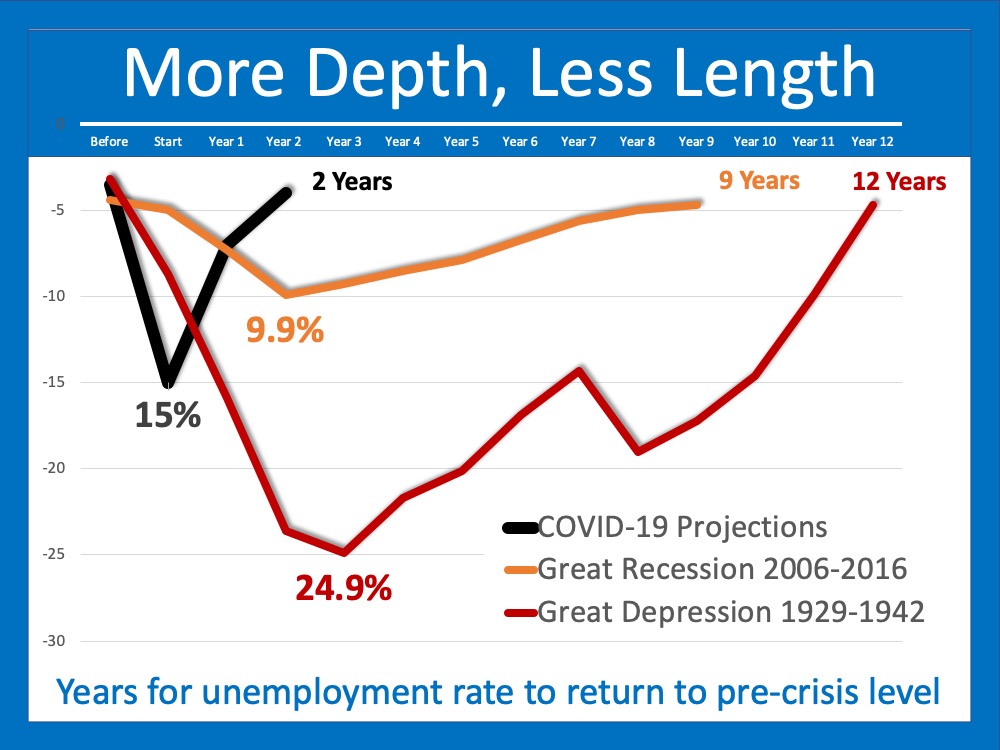
.jpg)

